Photographers have long understood the advantages of shooting during the ‘golden hours’ of the early morning and late day.
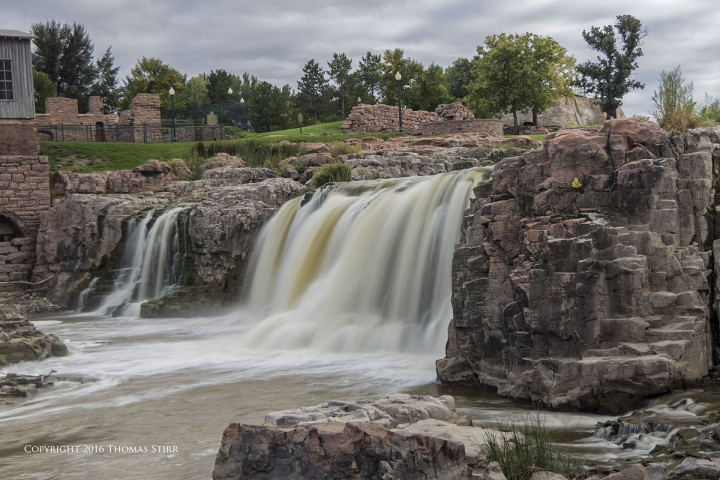
There are times when this can be especially challenging from a scheduling perspective – for example when on a driving holiday.
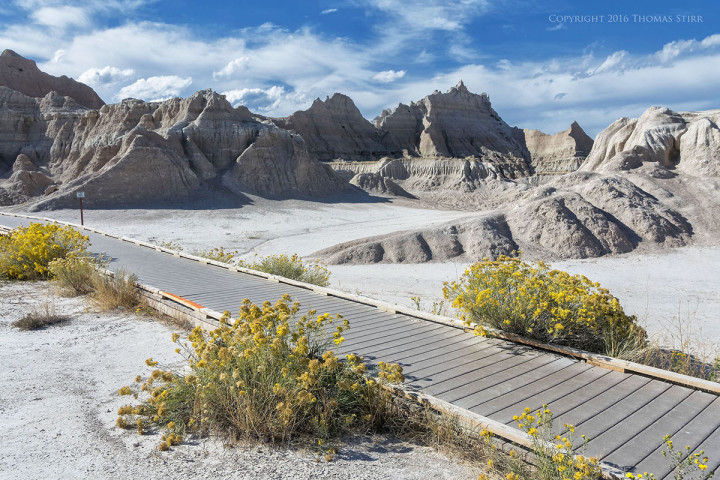
My wife and I recently returned from an extensive 26-day photography tour covering 10,187 kilometers.
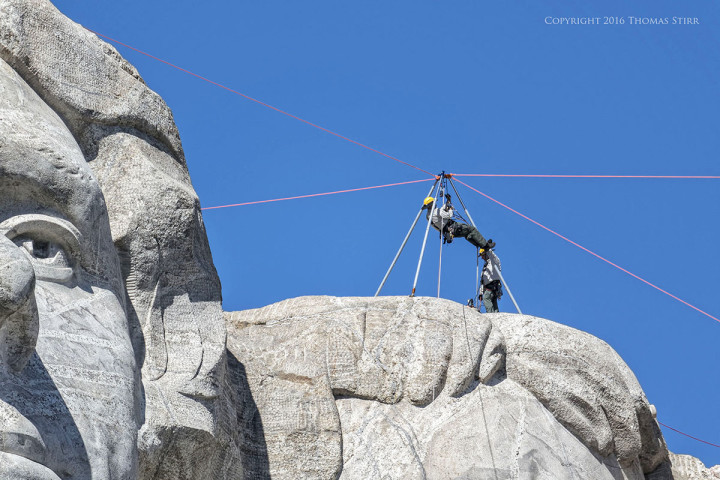
The adventure was part sightseeing holiday and part field work for some photography-related books I have planned for 2017.
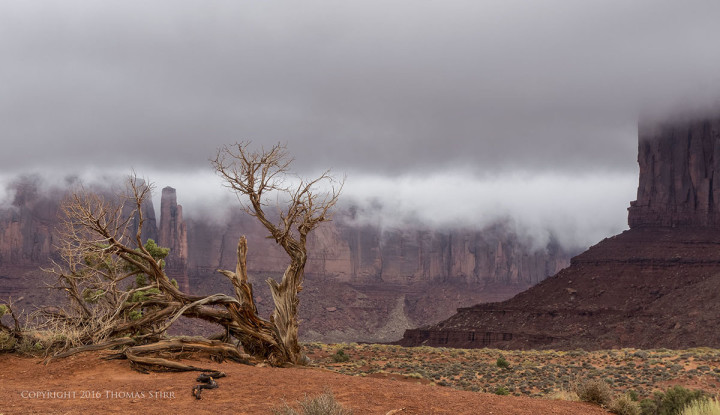
We purposely planned our trip to replicate what the vast majority of people on holidays do, i.e. capture all of our images between 9AM and 5PM and keep individual hikes to photo spots to a very modest level.
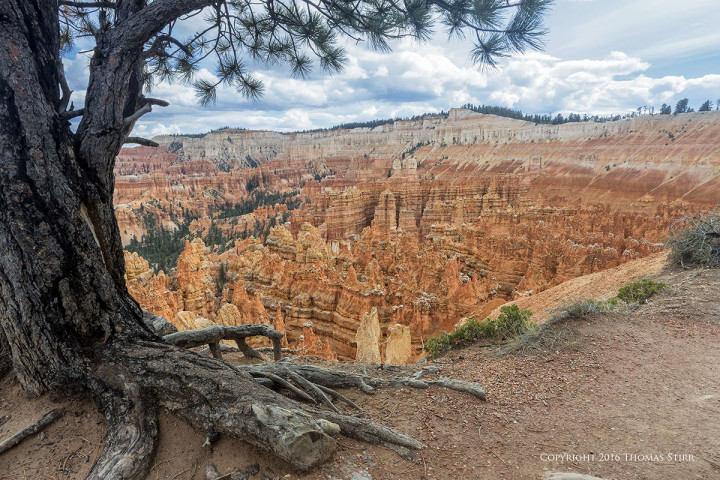
While this may not be optimal in terms of lighting, we wanted demonstrate that folks can still have a ton of fun and create some pleasing images without the need to be sleep deprived or have to hike like Sherpa guides in order to get their photographs.
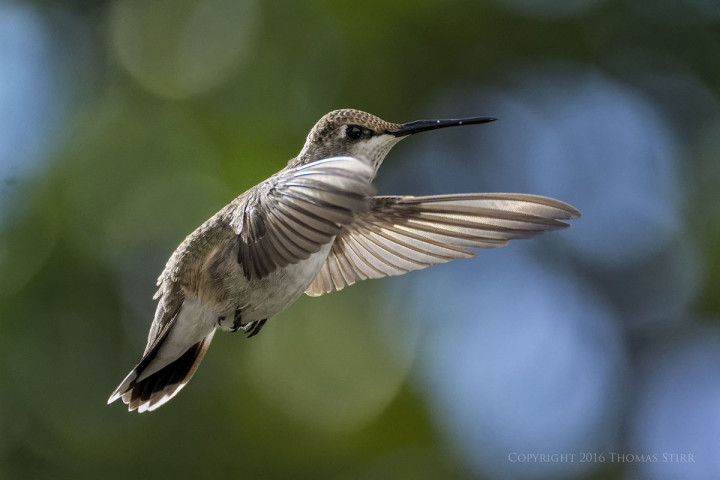
Our main focus was Utah, with some secondary emphasis on South Dakota, Wyoming and Colorado.
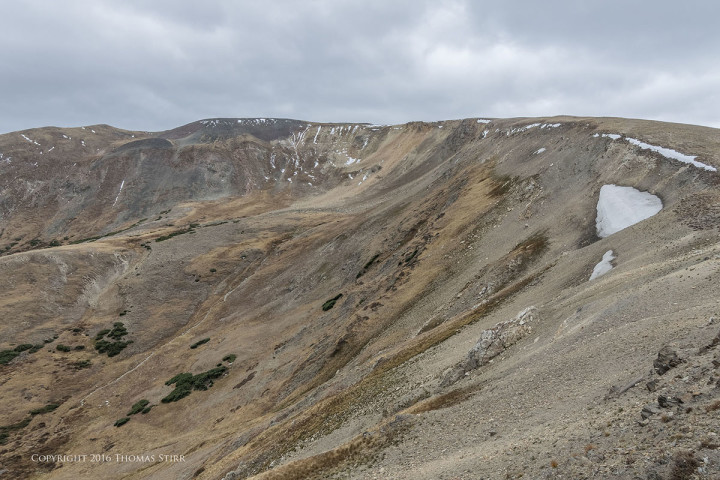
Many of our images were created roadside, some by shooting from the car window. Most of our park visits were limited to a few hours at most.
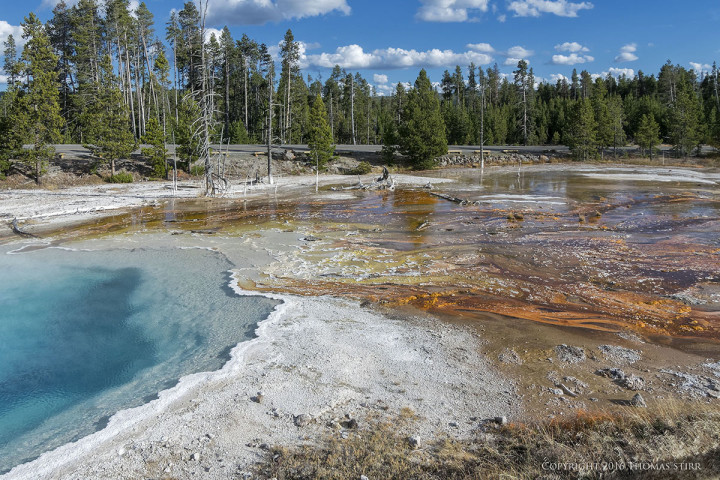
Without question many of the locations we visited were worthy of multiple day explorations.
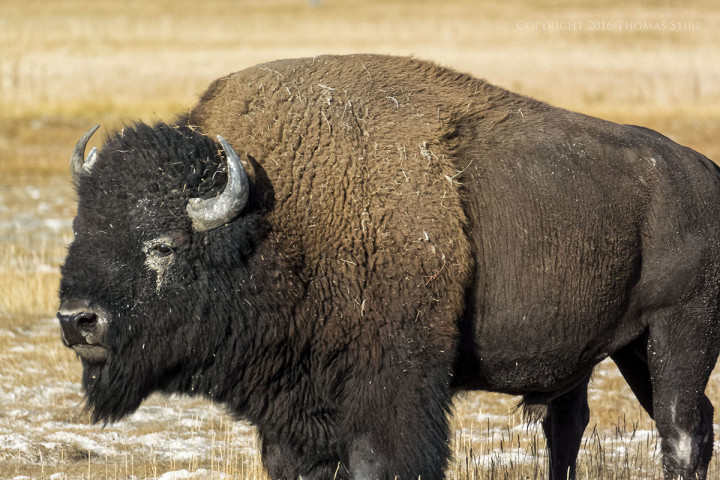
Like a lot of other ‘mature’ folks we have plenty left to see and do on our bucket list so our personal goal was to see as much as we could during our recent automotive trek.
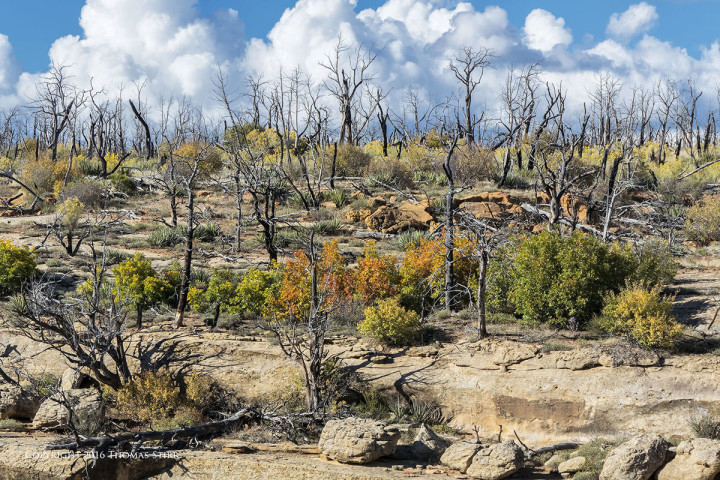
All of the pictures in this article were captured with Nikon 1 equipment. I’ve added some location information at the end of the EXIF data.
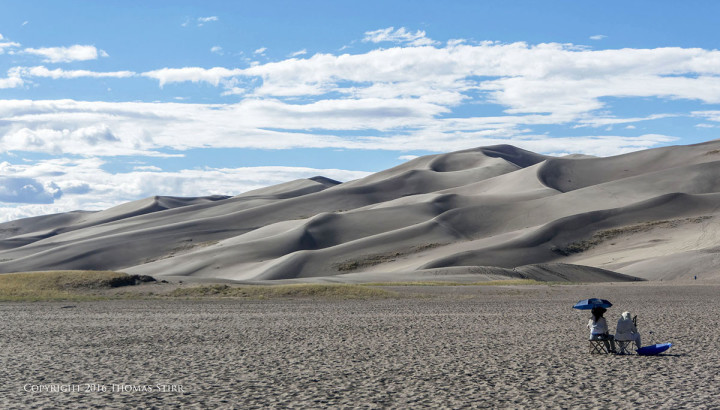
I took a pair of J5s and a V2 with me, along with three 1 Nikon zoom lenses including the 6.7-13mm f/3.5-5.6, 10-100mm f/4-5.6 and CX 70-300 f/4.5-5.6.
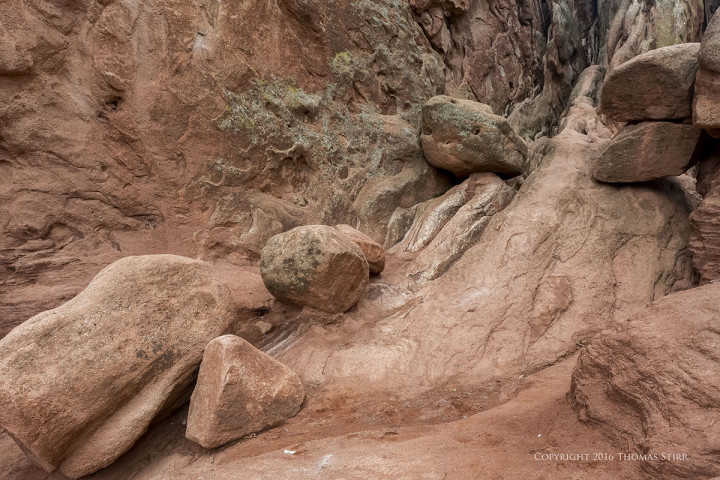
The 10-100mm ended up being the workhorse of the trip.
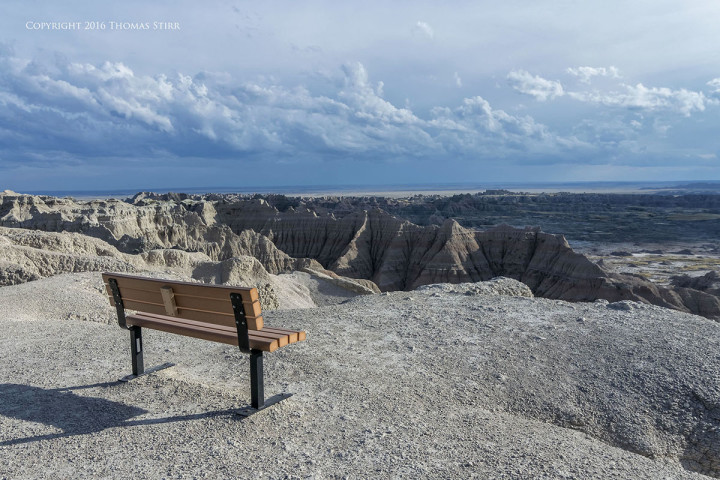
Other than some ‘smooth water’ images captured at Sioux Falls South Dakota with the help of a Benro monopod and a variable neutral density filter, all of the images we taken hand-held in available light.
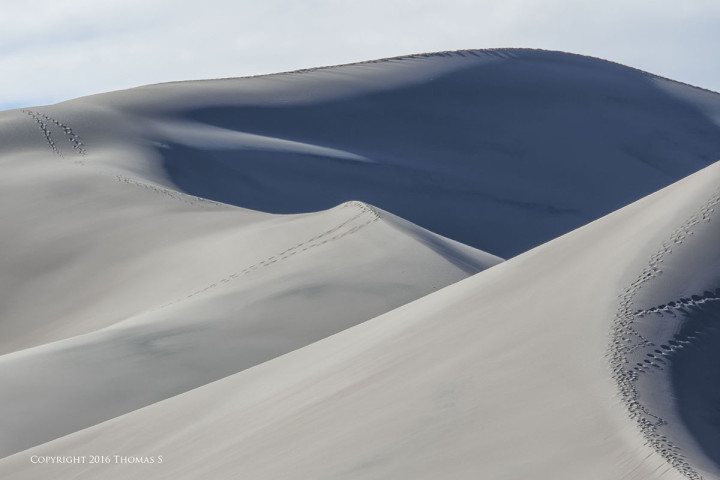
I shot using single point AF, usually using matrix metering.
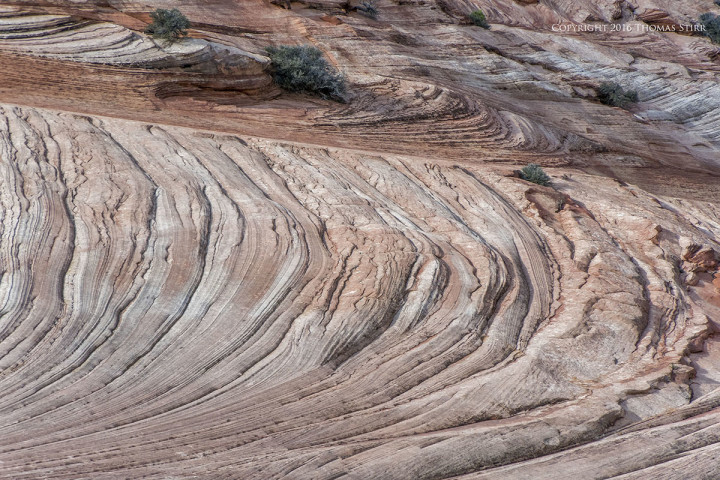
I normally do not use any exposure compensation when shooting with my Nikon 1 gear, and during the entire trip I doubt if I took even a few dozen images with any kind of exposure compensation.
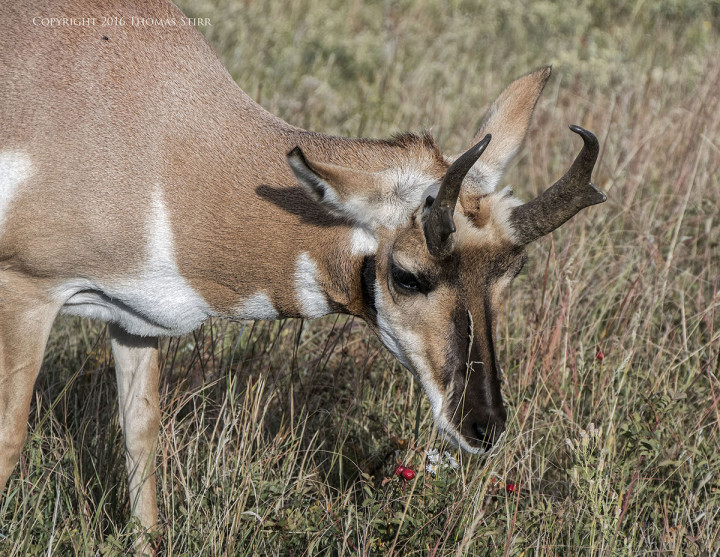
Risking a bit of diffraction, I often shot my Nikon 1 gear using f/8 in order to help ensure desired depth-of-field.
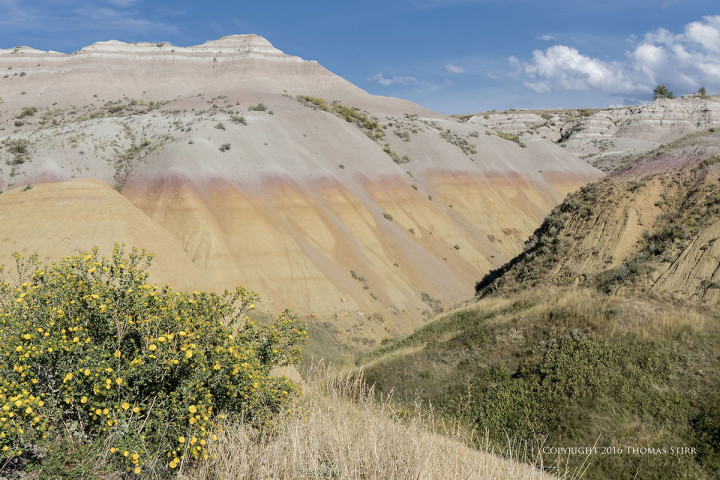
All images in this article were produced from RAW files using my standard process of DxO OpticsPro 11, CS6 and Nik Suite.
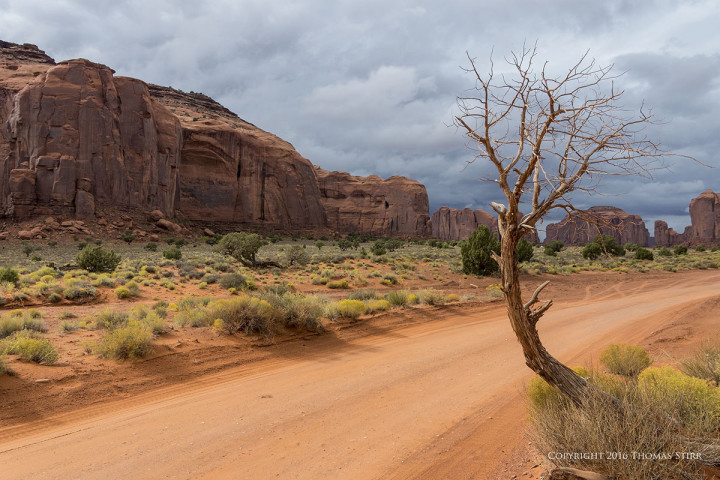
I’ll be keeping Heather and Mathieu advised as my photography book projects progress and are eventually published in 2017.
All images and article are Copyright 2016 Thomas Stirr. All rights reserved. No use, adaptation or reproduction of any kind including electronic is allowed without written consent. Mirrorlessons.com is the only approved user of this article. If you see it reproduced anywhere else it is an unauthorized and illegal use.
